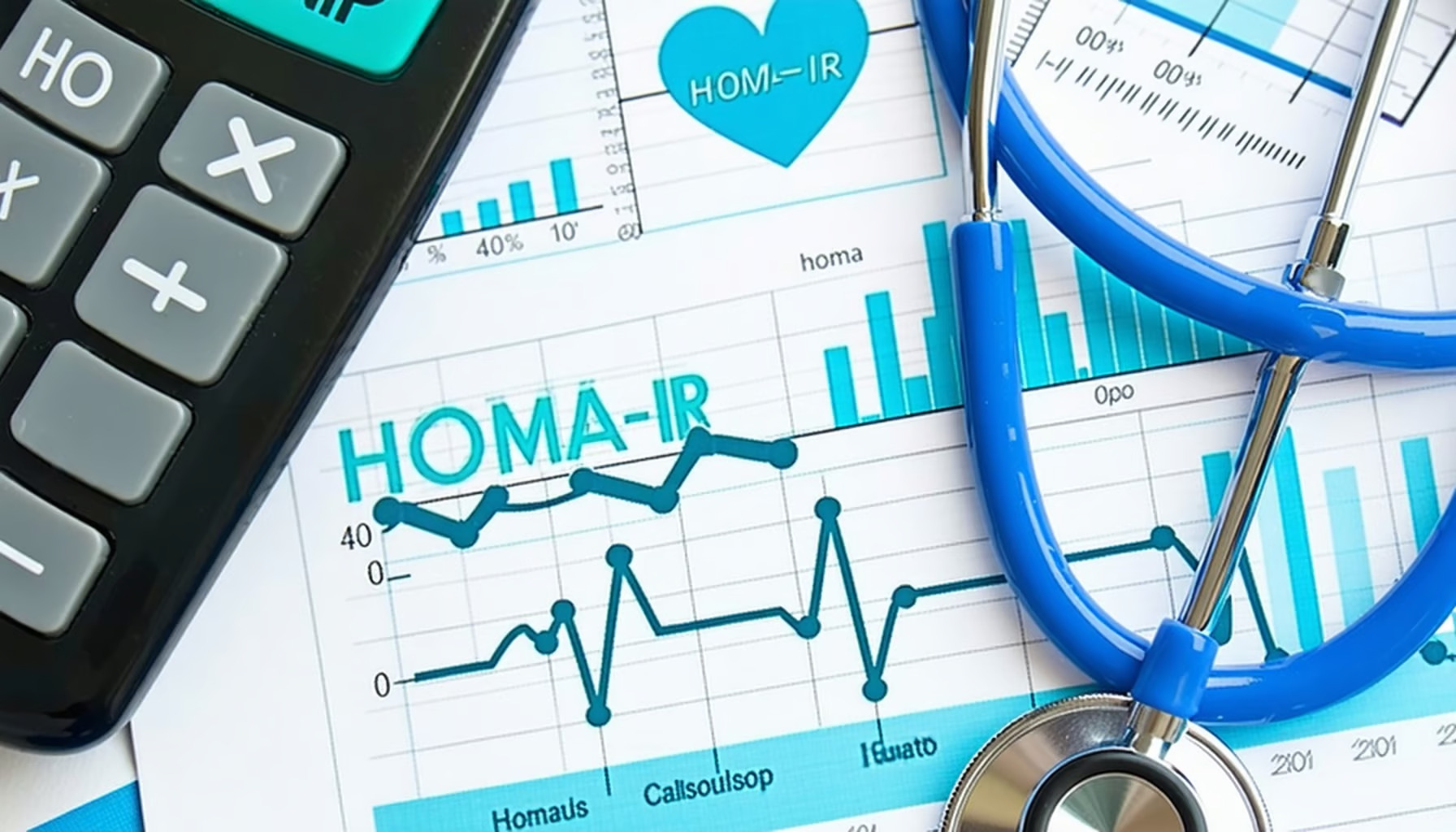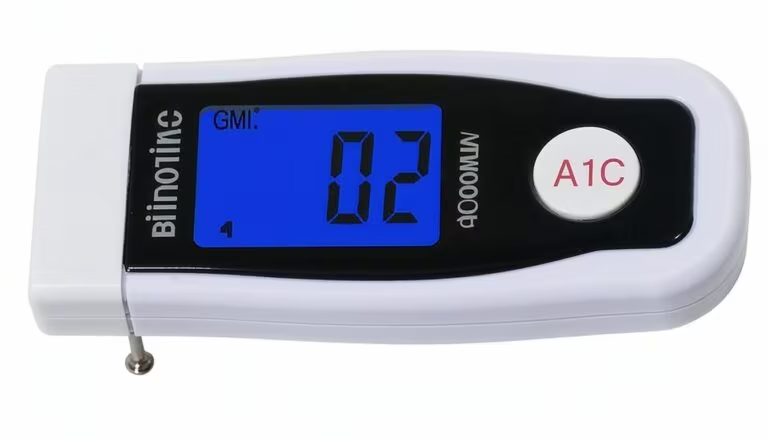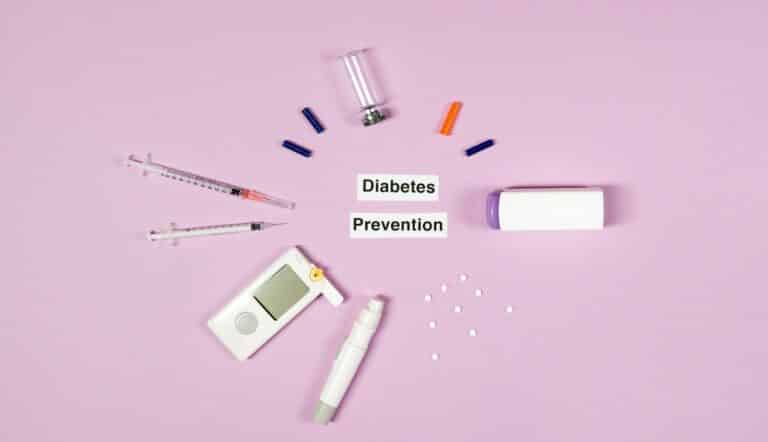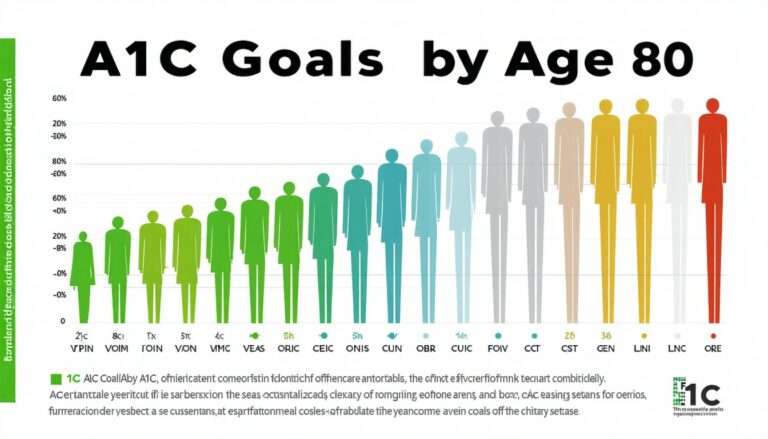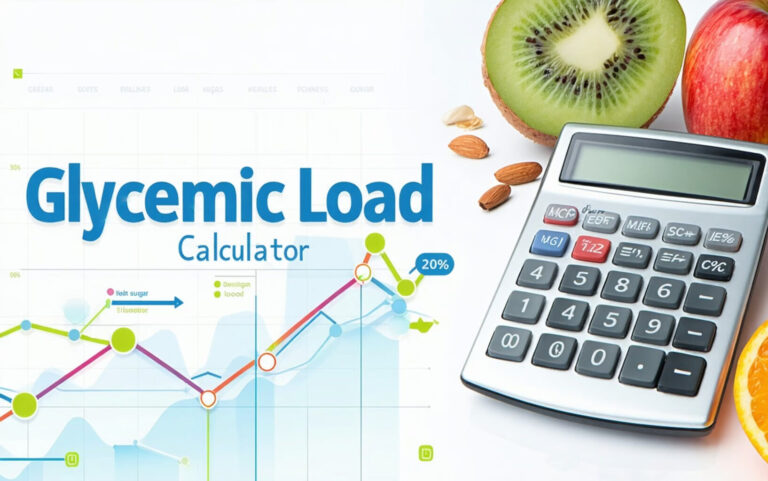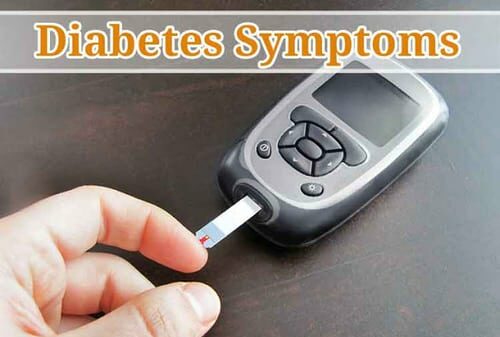The HOMA-IR Calculator: Our Guide to Managing A1C Levels
Learn how the HOMA-IR calculator can help you manage your A1C levels effectively and understand insulin resistance.
Understanding HOMA-IR
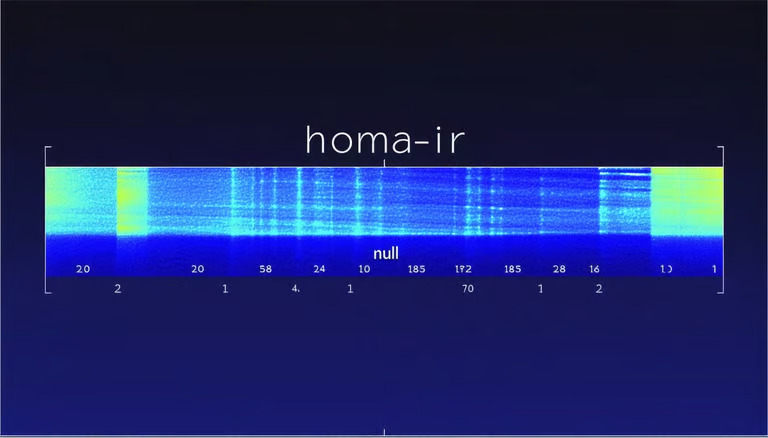
Introduction to HOMA-IR
Let’s talk about HOMA-IR, a go-to tool in the healthcare game. It’s all about getting a handle on insulin resistance without the headache. HOMA-IR takes a peek at your fasting blood sugar and insulin, giving a quick look at how well your body is dealing with insulin. We’re fans of this method because it’s as straightforward as it gets, no poking or prodding required.
Here’s the slightly nerdy bit—the formula for HOMA-IR is simple math:
[ \text{HOMA-IR} = \frac{\text{Insulin} \times \text{Glucose}}{405} \quad \text{(if glucose is measured in mg/dL)} ]
[ \text{HOMA-IR} = \frac{\text{Insulin} \times \text{Glucose}}{22.5} \quad \text{(if glucose is measured in mmol/L)} ]
This little equation helps figure out if insulin resistance is crashing the party, which is super important to dodge metabolic mayhem MDCalc.
Importance of Insulin Resistance Assessments
Why should we care about testing for insulin resistance with HOMA-IR? Well, having high levels is like a blinking warning sign for trouble on the horizon—think type 2 diabetes, obesity, or heart issues (Health Matters). Here’s the skinny on why you should keep tabs on it:
- Catch It Early: Spotting insulin resistance before it turns into something nasty means you can slam the brakes before hitting a health disaster.
- Smart Choices: Knowing your HOMA-IR score helps doctors tailor-fit treatments to match what your body needs.
- Healthy Habits: Keep an eye on your levels to make lifestyle tweaks that can kick your insulin sensitivity into high gear and boost your overall well-being.
If you’re curious about your blood sugar game, you might want to check out our GMI to A1C Calculator page.
| Insulin (mU/L) | Glucose (mg/dL) | HOMA-IR Value |
|---|---|---|
| 5 | 90 | 1.11 |
| 10 | 100 | 2.47 |
| 20 | 110 | 5.43 |
Hop on over to MDCalc to crunch your HOMA-IR numbers and get a read on your insulin resistance vibe.
Getting to grips with the HOMA-IR calculator means we can get ahead of the curve with our insulin resistance, aiming to steer the ship towards better health outcomes. Don’t stop there—check out our other goodies like the Glycemic Load Calculator and the Macro Calculator for more ways to stay on top of your health.
Using the HOMA-IR Calculator
The HOMA-IR calculator is our go-to tool for getting a grip on insulin resistance. Let’s break down how it operates and what the scores really mean for us.
How the HOMA-IR Calculator Works
The Homeostatic Model Assessment for Insulin Resistance (HOMA-IR) calculator is like a friend guiding us through the maze of blood sugar levels. All we need is our fasting insulin and glucose numbers. Pop those into the calculator and voilà—it spits out the HOMA-IR value, giving us a peek into how our body’s handling insulin (MDCalc).
The magical math behind it is:
[ \text{HOMA-IR} = \frac{\text{Fasting Insulin} (\mu U/mL) \times \text{Fasting Glucose} (mg/dL)}{405} ]
Interpreting HOMA-IR Results
Once the calculator hands us a score, what’s it saying? A number like 2.5 or more is telling us there’s some insulin resistance at play. We want to keep this number low—it’s like playing limbo with our health—as a smaller number means our body is more insulin friendly, avoiding the risk of health hiccups (Natural Endocrinology Specialists).
Let’s put it in a table for easy reference:
| HOMA-IR Score | What It Means |
|---|---|
| ≤1.0 | Our insulin is winning a gold medal |
| 1.0 – 2.5 | We’re on the right track—healthy and steady |
| >2.5 | Time to revisit our insulin strategy |
Keeping an eye on our HOMA-IR is like having a health compass. Pair it with tools like the gmi to a1c calculator or the estimated average glucose calculator, and we’re on our way to being health detectives.
For more deep dives into taming insulin resistance, there’s always the glycemic load calculator and personalizing things with the diabetic macro calculator.
By keeping tabs on our HOMA-IR, we’re basically handing over a VIP pass to our well-being, keeping insulin sensitivity and metabolic health under our thumbs.
The Scoop on HOMA-IR Levels
Keeping tabs on our HOMA-IR levels is pretty important if we want to stay on top of insulin resistance, which can throw a wrench into our health. By crunching the numbers with the HOMA-IR calculator, we can get a sneak peek into our insulin resistance status. It’s like peeking under the hood with tools like our trusty GMI to A1C calculator when we’re looking to manage our blood sugar.
Lowdown on Low and High HOMA-IR
HOMA-IR is just a fancy way of gauging how our body’s handling insulin, using our fasting sugar and insulin measurements. Here’s a quick rundown on what the numbers mean:
| HOMA-IR Value | What It Means |
|---|---|
| <1.0 | You’re rocking high insulin sensitivity! |
| 1.0 – 2.5 | Everything’s shipshape – normal insulin sensitivity. |
| >2.5 | Uh-oh, insulin resistance alert! (Natural Endocrinology Specialists) |
Why should we care if our numbers are low, normal, or sky-high? Let’s break it down:
- Low HOMA-IR: Points to our body being on point with insulin. Sugar levels? Handled.
- Elevated HOMA-IR: Flag on the play! Means our system is doing a shoddy job with insulin, pushing sugar levels up.
By keeping an eye on these numbers and using handy tools like the Estimated Average Glucose Calculator, we can get ahead of the game in keeping our insulin sensitivity in check.
Health’s Tug-of-War with Insulin Resistance
If insulin’s playing hard to get, watch out for some heavy hitters. Insulin resistance isn’t just a buzzword; it spells trouble, like:
- Type 2 Diabetes: It’s like the bouncer checking IDs at the Type 2 club. High HOMA-IR can fast-track you there (PubMed Central).
- Obesity: Often struts in with insulin resistance, messing with our metabolic mojo.
- Heart Issues: When insulin’s misbehaving, it comes with baggage, raising cardiac risk (Health Matters).
Want to dodge these bullets? Our Glycemic Load Calculator and Diabetic Macro Calculator can lend a hand. They’ll help us get our grub and lifestyle choices right.
Spotting insulin resistance early with those HOMA-IR road signs gives us a head start on keeping Type 2 Diabetes and its nasty friends at bay (source).
It’s not all gloom and doom. By glancing at our HOMA-IR stats from time to time and shaking up our habits, we can flex a bit more control over our health story. And hey, touching base with the pros can lay out a personalized action plan to tackle insulin roadblocks head-on.
HOMA-IR and Disease Risk
Link Between HOMA-IR and Diabetes
Let’s get into the nitty-gritty of HOMA-IR (short for Homeostatic Model Assessment for Insulin Resistance) and its role in paving the way to Type 2 diabetes. This is like your early warning system for insulin economy going haywire. Over in the Czech Republic, they figured out that a HOMA-IR score holding steady at 3.63 is like the line in the sand splitting folks without diabetes from those with the condition. With a sensitivity of 0.56 and specificity of 0.86, it adds up to a handy benchmark for spotting those likely to tip into diabetes territory (source).
Insulin resistance shows up as these shiny HOMA-IR scores that tell your body how well—or not—it’s using insulin. High scores tend to lead the dance with higher blood sugar levels, throwing an enthusiastic welcome party for diabetes and other metabolic no-goodniks like T2DM. Consider the HOMA-IR calculator your trusty sidekick for sizing up A1C levels using the gmi to a1c calculator.
HOMA-IR as a Metabolic Indicator
HOMA-IR isn’t just talking diabetes; it’s also chipping in thoughts on broader metabolic trouble and heart woes. Got a score under 1? Great! Your insulin’s on good terms with your body. Anywhere over 1.9 means your pancreas needs some TLC, and if you’re seeing 2.9+, it’s wake-up call time for lifestyle changes or chatting with a doc (source).
| HOMA-IR Score | Interpretation |
|---|---|
| < 1 | Insulin Sensitive |
| 1.9 – 2.9 | Early Insulin Resistance |
| > 2.9 | Significant Insulin Resistance |
Scores creeping high on the HOMA-IR scale aren’t just about diabetes; think obesity, heart health hiccups, and more (source). These numbers nudge you to check under the hood and maybe tune up your diet and exercise routines.
Want to take charge of your insulin resistance and keep your metabolism from going off the rails? Get familiar with your HOMA-IR scores. Tools like the estimated average glucose calculator and the glycemic load calculator can help you figure out where you stand with blood sugar and diet stuff.
And here’s a no-sugar-coating-it nugget: High HOMA-IR levels could mean you’re courting diabetes or kidney issues, even if your A1C says you’re clear. Keeping those HOMA-IR numbers low with smart lifestyle moves is key. Check with your doc for tailored advice and consider using the diabetic macro calculator for a health game plan that fits just right.
Beyond HOMA-IR: Other Ways To Check Things Out
Sure, the HOMA-IR calculator is like the rockstar in the world of insulin resistance monitoring. But, hey, it’s not the only game in town! Let’s take a look at the QUICKI Index and the Triglyceride-Glucose Index (TyG) and see how they help us get a better handle on insulin resistance.
Taking a Peek at QUICKI Index
QUICKI… sounds quick, right? It’s short for QUantitative Insulin Sensitivity ChecK Index, and it gives HOMA-IR a run for its money. This isn’t some magic formula, but just needs your fasting glucose and insulin levels:
[ \text{QUICKI} = \frac{1}{\log(\text{insulin}) + \log(\text{glucose})} ]
And what do you get from this QUICKI magic? Here’s the lowdown on what the numbers mean:
| QUICKI Value | Insulin Sensitivity |
|---|---|
| < 0.3 | You’re potentially looking at high insulin resistance |
| 0.3 – 0.4 | All seems good, sensitivity’s normal |
| > 0.4 | You’re in the high sensitivity zone |
A lower QUICKI score? Well, that might mean your carb processing isn’t at its best, signaling possible insulin resistance. It’s like a trusty sidekick to the HOMA-IR!
The Lowdown on the Triglyceride–Glucose Index (TyG)
Meet TyG, another handy tool in our insulin resistance kit. Here’s the not-so-secret formula:
[ \text{TyG} = \ln\left(\frac{\text{Triglycerides (mg/dl)} \times \text{Glucose (mg/dl)}}{2}\right) ]
People love TyG for its straightforwardness. Even in day-to-day doctor visits, it’s popping up more often now (source). Here’s a quick guide on the TyG index:
| TyG Value | Insulin Resistance Risk |
|---|---|
| < 4.0 | Low risk area |
| 4.0 – 4.7 | Middle of the road, take care |
| > 4.7 | Watch out, high risk zone |
If you’re curious about how these methods can help you keep tabs on your glucose levels, check out our other helpful tools, like the gmi to a1c calculator and estimated average glucose calculator. Pairing these with others like the glycemic load calculator and diabetic macro calculator gives you a more complete view and helps you stay on top of your health game.
Strategies for Managing Insulin Resistance
Tackling insulin resistance isn’t just about crunching numbers on your latest health app. It’s getting to grips with both your menu and mojo! Sure, managing insulin and that pesky A1C level might seem a bit like playing a constant game of whack-a-mole, but with a pinch of patience and a sprinkle of dedication, it’s doable. Let’s work out some lifestyle tweaks and set you up with the right support for tip-top results using the HOMA-IR calculator.
Lifestyle Modifications for HOMA-IR
Changing the way we live can really help to boost how our body handles insulin. Here are some handy changes we’ve seen make a big difference:
- Dietary Changes: Swap-in whole grains, lean proteins, and those good fats we hear so much about. Ditch the processed junk, sugary drinks, and refined carbs to make peace with your insulin.
- Example Meal Plan:
Meal Suggested Foods Breakfast Oatmeal with berries, and nuts Lunch Grilled chicken salad, and quinoa Dinner Baked salmon, with some steamed veggies Snacks Greek yogurt, and apple slices - Get Moving: Staying active is your buddy in this! Aim for 30 minutes of something fun every day — a brisk walk, pedaling around the block, or hitting the pool for some swimming.
- Weight Management: Shedding a few pounds, even just 5-10% of your body weight, can give your insulin sensitivity a nice little high-five.
- Stress-busters: Chronic stress can sneak up and play havoc with insulin levels. Dive into mindfulness, yoga or simply find a deep breath and hold onto it.
- Sleep Right: Clock in 7-9 hours of quality dreaming. Sleep-deprived nights don’t play nice with insulin sensitivity.
Consultations for Personalized Care
Lifestyle swaps are great, but having some expert advice keeps you on track and gives that extra layer of confidence.
- Endocrine or Diabetes Specialist: These pros are dialed into the latest strategies for insulin resistance using your numbers from tools like this HOMA-IR calculator.
- Diet Whiz (Dietician/Nutritionist): They can whip up meal plans that reflect what you like and need, and they know foods that help lower HOMA-IR.
- Fitness Enthusiast (Personal Trainer): Tailored workouts that feel just right for your level can work wonders on insulin sensitivity.
- Check-in Time: Keeping tabs on your glycemic load and estimated average glucose keeps you in the loop on how well things are working.
- Lean on Me (Support Groups): Sharing tips and getting a bit of cheerleading from people riding the same wave can make it all a bit easier.
So, roll with these changes, get the expert guidance, and let’s keep those insulin levels in check! Dive into more handy tools and calculators with our diabetic macro calculator.

